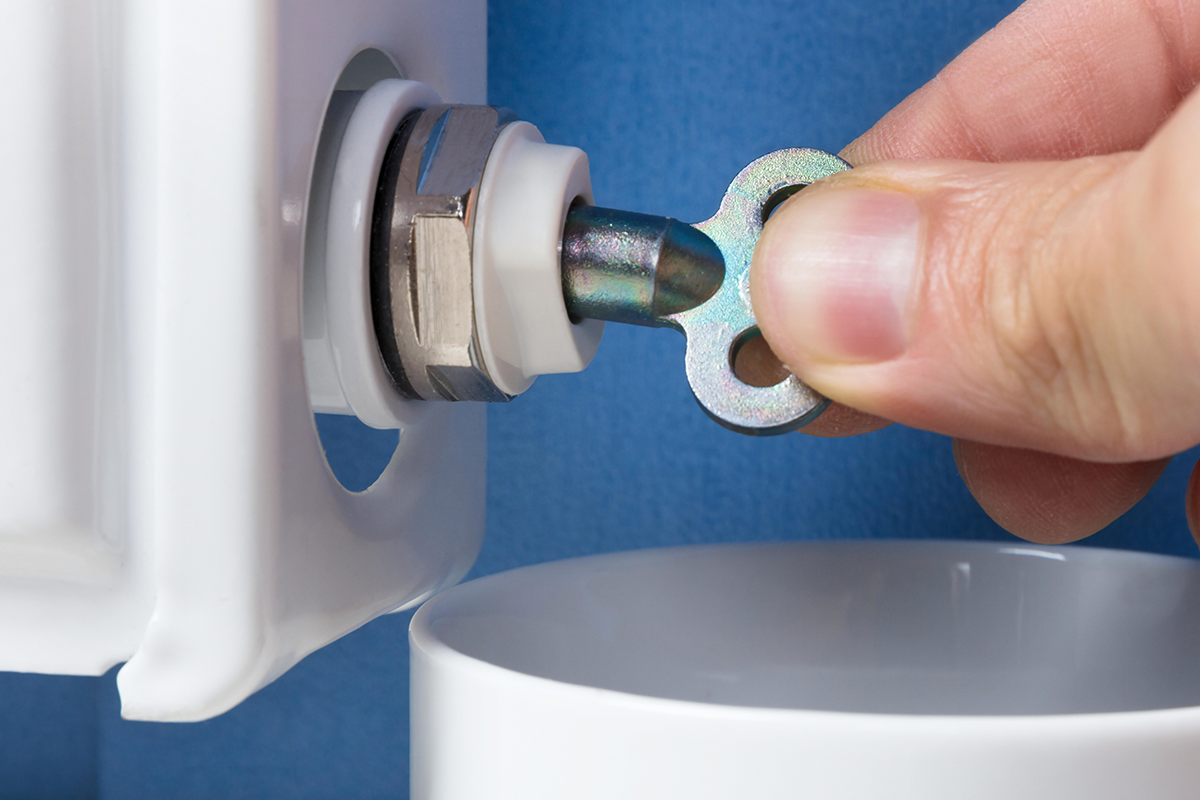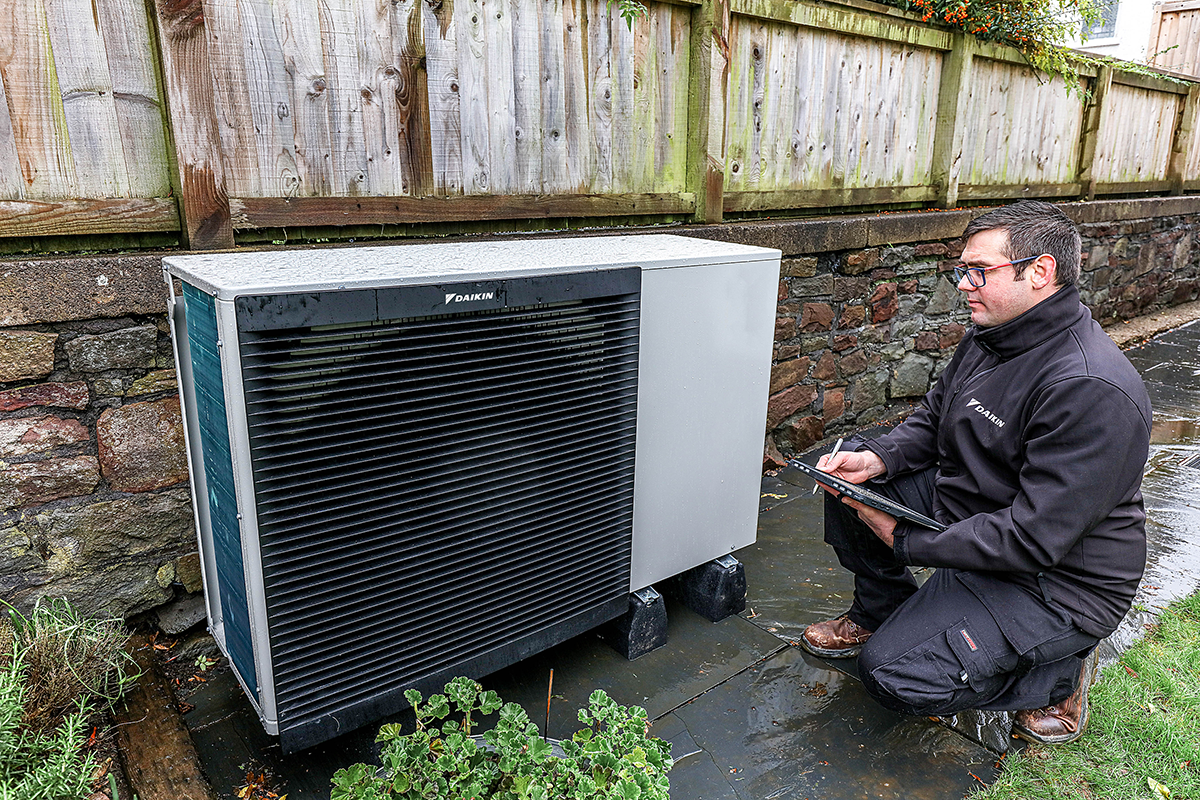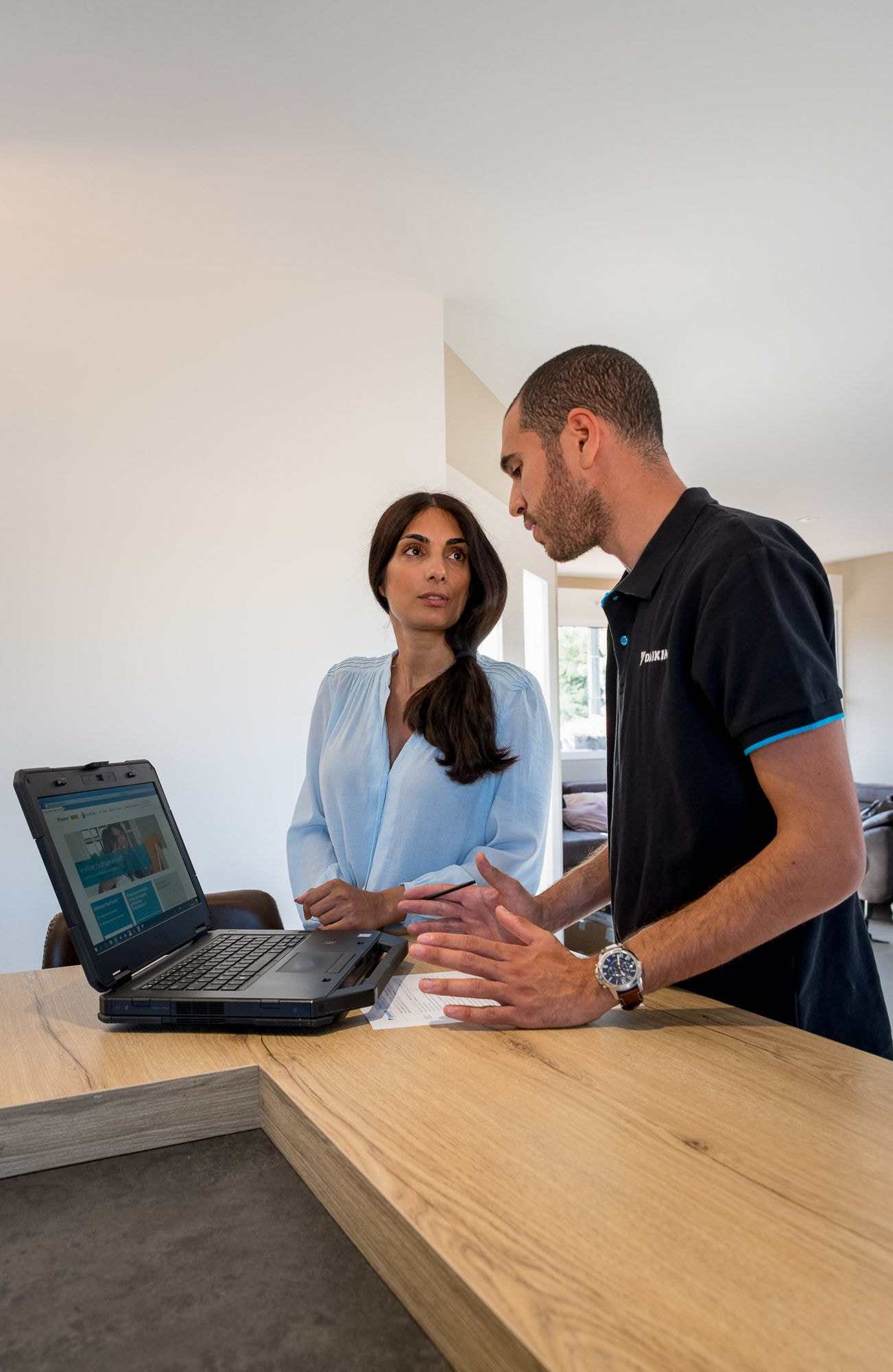Frequently Asked Questions
Here are some of our most commonly asked questions
Yes and no. If the issue is covered by the warranty due to a product fault, then the repair is free of charge. However, if it's an issue outside the terms of the warranty, repair costs will not be included.
You can claim your extended air-to-water heat pump warranty from the moment your unit is commissioned as long as your installer has registered it on Stand By Me. You have two years from the date of commissioning to activate your warranty.
Yes. If your installer provides maintenance, you can continue using them for the maintenance of your unit.
No, you do not need a maintenance contract to get access to Stand By Me. However, you do need to register your Daikin unit on Stand By Me to be able to buy the various service packages available on the platform, such as maintenance.
Daikin works with trusted certified installers close to you. Go to our 'Find an Installer' page and use the interactive map to find your nearest installer. They will arrange a site visit to discuss your project and understand your needs, before suggesting the best solution for your home or place of work.
Maintenance Tips
Here you can read some useful articles to help you maintain your heat pump
Possible error codes
Below is an overview of possible error codes that could see and how to deal with them
There is a problem with the incoming power supply. It is detected by monitoring the DC voltage on the inverter board and if the voltage on the DC circuit of the inverter is higher than 700 V DC or lower than 200 V DC, it will trigger the fault. Overvoltage is due to instability of the incoming voltage, while this problem can also cause undervoltage. It can also be caused by the fact that the three phases are not switched on the inverter board. This may be due to a fault in the inverter board supply contactor, a fault in the filter board or in a motor which would cause a voltage drop
This fault indicates that the hot water tank has not completed its disinfection function correctly. The hot water tank should reach the target temperature of its disinfection function (controller setting 2-03, default setting 70°C) within the target time (controller setting 2-04, default setting 10). After the disinfection function is completed, the AH fault will clear itself.
Abnormal water flow mainly determined during cooling or defrosting. Check the shut-off valves, check the water pressure, check the filters, check that there is no air in the circuit, check if the pump starts.
This fault indicates that the hot water tank has not completed its disinfection function correctly. The hot water tank should reach the target temperature of its disinfection function (controller setting 2-03, default setting 70°C) within the target time (controller setting 2-04, default setting 10). After the disinfection function is completed, the AH fault will clear itself.
Communication fault between the hydraulic module PCB and the boiler controller
The system detects abnormal flow during operation. Check the shut-off valves, check the water pressure, check the filters, check that there is no air in the circuit, check if the pump starts.
This fault occurs when the indoor unit cannot communicate with the outdoor unit. This fault can be caused by the outdoor unit being switched off, a fault with the interconnection cable, an indoor/outdoor control card that is out of order or a motor element that would disrupt its control card. Please check all wiring connections and restore power to any equipment if found.
This fault indicates that there is a problem with the fan motor of the outdoor unit. This happens when the fan motor PCB detects no tachometer feedback from the motor or if the motor has drawn too much current when trying to start or run.
This fault indicates that the discharge pipe temperature has risen significantly above normal operating levels on the compressor. The fault can be caused by a fault in the compressor if the oil return to it is bad it can start to heat up, it can also be caused by a lack of refrigerant which is not cooling the compressor effectively.
Mythbusters: Setting the record straight on heat pumps
We're busting a few myths around heat pumps, from how much they cost, to how large they are, to how much noise they make.
A heat pump is typically three or four times as efficient as a gas boiler, which means you don’t have to buy so much energy. And that means lower energy bills for your home in the long term.
Heating bills quickly add up. When you install a heat pump, you could save up to £378 per year compared with an oil boiler and up to £251 compared with a gas boiler, simply by being more energy efficient. Over a lifetime, your heat pump could save you up to £3,000 compared to a gas boiler.
And now, with some fantastic government funding in place, they’re less expensive to install than a standard boiler. The Boiler Upgrade Scheme gives you up to £7,500 off cost and installation, making your heat pump an even more economical choice. In some cases, it could even be free.
The outdoor unit for a heat pump isn’t as big as most people believe. Your installer will find a discreet place to place it on the side of your house. Plus, if you choose a monobloc heat pump (the all-in-one solution), you won’t need an indoor unit at all.
Daikin’s latest models have been redesigned specifically for home environments, with unobtrusive styling that will blend into any setting. And we can even provide bespoke vinyl wraps (to match your brickwork, for example) to help the unit merge into the background completely.
The Altherma 3 Low Capacity Monobloc is our most compact and stylish design yet. Designed specifically for smaller homes, it’s an all-in-one outdoor unit. It’s so compact, the outdoor unit will even fit under a window. And thanks to its whisper-quiet operation, you’ll hardly notice it’s there.
While it’s normal for heat pumps to make some noise, they are much quieter than most people think.
A Daikin outdoor unit is usually no louder than 60 decibels, just like an electric toothbrush or a normal conversation. And the indoor units are even quieter. They make a gentle whirring noise, measuring 30 decibels at most. That’s quieter than a refrigerator. It’s as soft as a whisper.
In fact, heat pumps aren’t even allowed to be noisy. They’re not permitted to produce more than 65-70 decibels, depending on their power. That’s the same noise level as your dishwasher. And, for extra peace of mind, all heat pumps must have a CE label stating their sound level.
Heat pumps are suitable for virtually any property. They’re ideal for homes of all shapes and sizes, whether new build or older. While it can be easier to plan a heat pump installation into a new build, there’s absolutely no reason why they can’t be installed in older houses or renovation projects.
The amount of work needed to install a heat pump will depend on your existing heating system. Your installer will be able to tell you what modifications need to be made.
At Daikin, we recommend air source heat pumps for many UK homes. Our innovative design means they’re simple to install, with no expensive groundwork, and in most cases no planning permission required.
Despite the name, heat pumps can also be used to cool your home. Some heat pumps, if combined with convector units, can also be used for cooling. These heat pumps can cool by reversing the process of transferring heat from one place to another.
A heat pump is an all-in-one year-round home comfort solution that keeps you warm in winter, and cool in summer. It provides heating, cooling and hot water management with just one energy-efficient unit.
But remember, not all heat pumps have the capability of cooling. So if this is a specification you’re looking for, consult your installer first to make sure you choose the right model.
If air source heat pumps work by drawing warmth from the air outside, what happens when the temperatures drop? Quite simply, you don’t need to worry. Daikin heat pumps continue to function perfectly when it gets cold outside. In fact, our heat pumps can cope down to -25°C.
Heat pumps absorb the warmth generated when atoms and molecules move quickly through the air. This process still takes place, even when the temperatures drop below freezing.
An air source heat pump will take the heat energy from outside air, even on a cold day, and concentrates it into usable heat for your home, warming radiators or underfloor heating systems. Keeping your home cosy and warm, whatever the weather.
A heat pump won’t need any more maintenance than your boiler. Your heat pump should be serviced every year, just as you might expect with a boiler. This will ensure it’s running efficiently and it will help to extend its life.
They’re safer too. Because heat pumps don’t use flammable gasses, they are fundamentally much safer than a gas boiler. They don’t require annual safety checks to the same extent and your servicing will be focused on maintaining maximum efficiency.
And the good news is that a well-designed heat pump installation is likely to outlast a gas boiler. The typical lifespan of a heat pump is between 15 and 20 years. So, you can sit back and relax, knowing that you’ll be saving money, and reducing your carbon footprint, for decades to come.

Still need support?
If you need any further support, you can contact call our Homeowner Contact Centre
Call: 01932 879271
Monday to Friday 8am to 6pm







